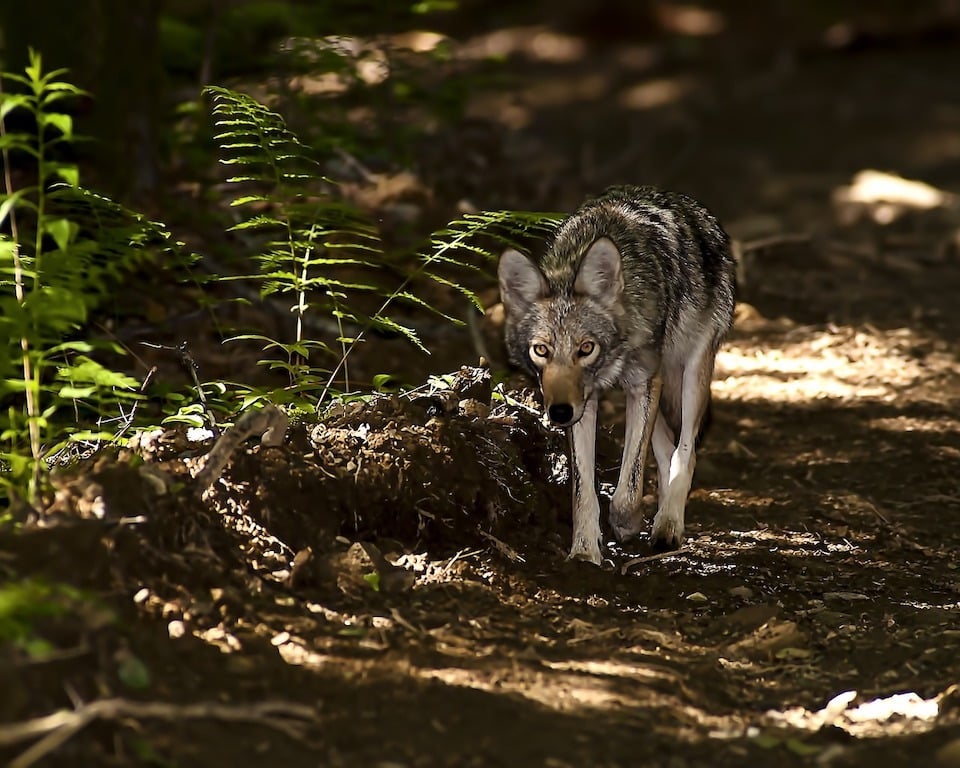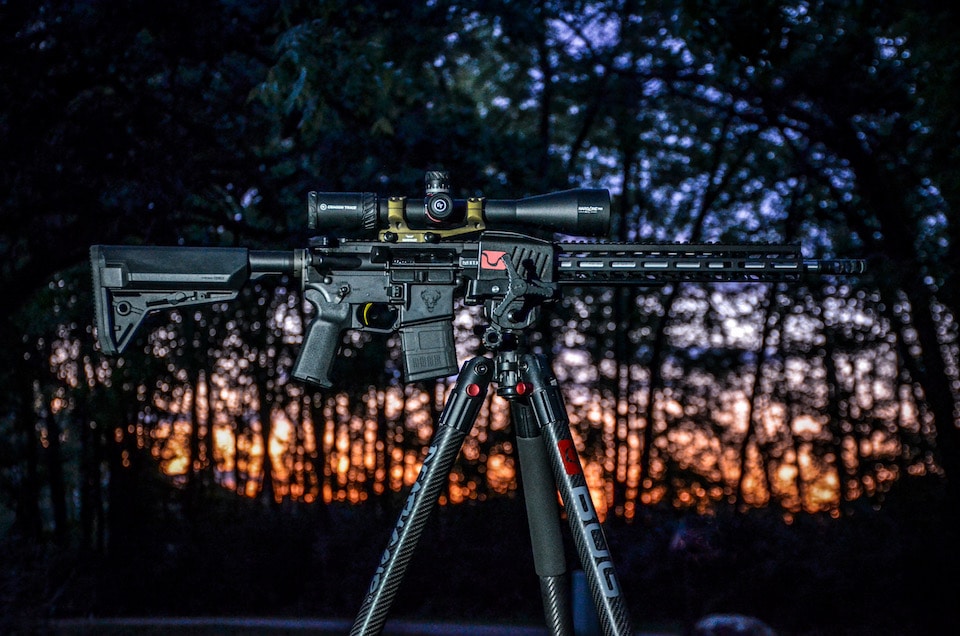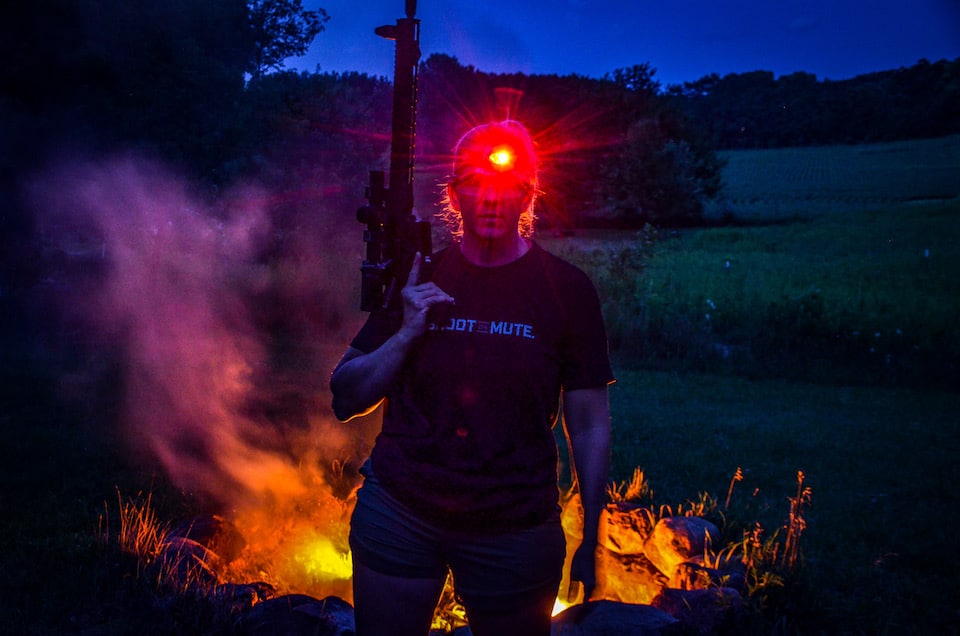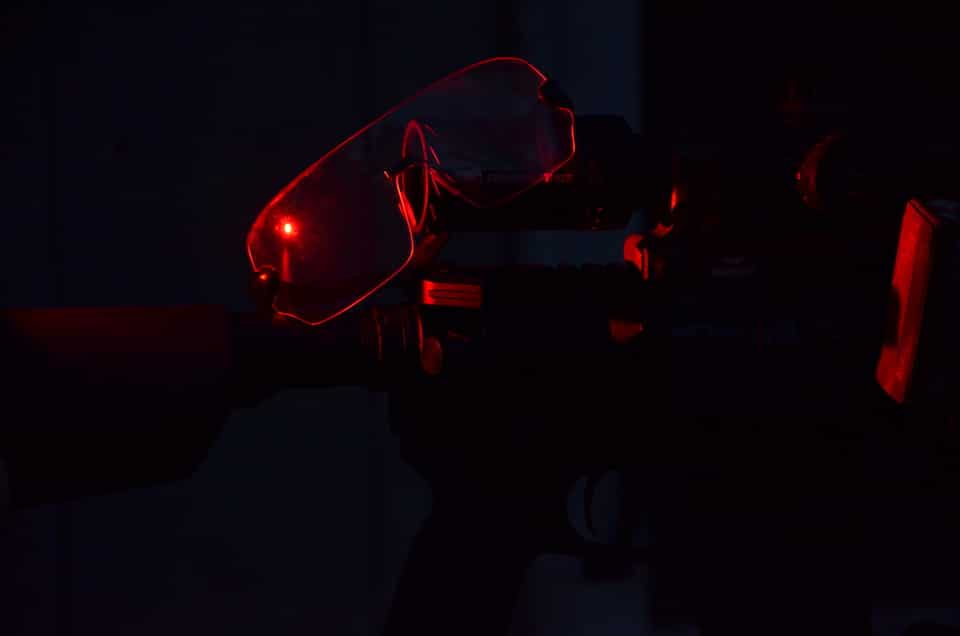One of the realities of having animals and living in the country is the constant battle with predators. Whether you have poultry or other livestock, odds are, you prefer them to live and create food for you, as opposed to becoming food for a predator.
Sponsored by Stag Arms
Depending on where you live, eliminating predators that are damaging livestock can be an option. Check your local laws to be sure you are in compliance with any regulations for predator hunting or trapping.

Last year a fox, or a family of foxes, took out almost half of our chicken flock. The ability to remove predators that have learned that a chicken coop is a food source can be a necessity. Once a predator learns where a potential meal is located, it will keep coming back.

Feed Me!
While my chickens are a food source, once a predator discovers a food source, it can be almost impossible to stop them. This is why predatory bears are often removed by wildlife officials if they attack a human being … because once they learned they can do this deed, they will continue.
Gear Up
What gear do you need to take part in predator hunting?

1 – First, a firearm that is in an appropriate caliber and legal where you are hunting. This means that if you have a raccoon getting into your chicken coop, a .22 could be enough. However, if your livestock were being eaten by a coyote, you might want a larger caliber, like .223. The great part about the .223 is the AR-15 platform and that you can buy a rifle in so many different configurations, even left-handed options from Stag Arms. What predator you are hunting, and what is appropriate and legal for your area are the big considerations. If you live in the country, odds are that you can use a variety of firearms. For those who might live in an HOA that allows chickens or other small farm animals, you still might also have restrictions on firearms. So check your local laws. The best place to start is by doing an online search for predator hunting in your state. For Wisconsin, our DNR has a “Nuisance, Urban, and Damaging Wildlife” section on their website. This details by species what is required. You will want to look for something similar.

2 – An optic suited to the task. If you are waiting for a raccoon that’s sneaking under a door or wall, a .22 with a red dot might be the right tool. If you have to try to get a sly fox, you might need to be farther away and require an optic. A scope, or low power variable optic (LPVO), is what you’re going to want in that case. Something like a 1-4x or 1-6x is going to be a good starting place, for anything inside 500 yards. If you were really far (300 yards and out), a 1-10x or 3-24 might be helpful. An illuminated reticle is basically a must for low-light situations.
Another option might be a laser. There are many affordable options in lasers on the market. They can make the job of aiming as simple as pointing the laser at the target. Some are laser / light combos and operate with a pressure switch to keep the process of using the laser simple.
3 – Ammunition for the intended purpose is also important. A plain old .22, rimfire placed on target correctly, can eliminate a lot of animals. But as the predator’s size and distance to it increase, something that can deliver more energy on target is important. You want to look for a round that’s designed for a varmint or predator. And before you hunt with it, you need to make sure your optic and gun are properly zeroed with the ammo you intend to hunt with and that you know your hold-overs, if you will be hunting at distance.

4 – Get a tripod or a solid rest. If you are going to sit outside at night and watch for the predator that’s after your animals, it might be hours of sitting quietly. A good tripod that you can turn and adjust is going to be worthwhile. Whether you are sitting or standing, it can be set up and allow you to have your hands free while you wait, or allow you to keep your hands in your pockets if it’s cold. It will also keep you from making unnecessary movement, if the predator shows itself.

5 – Hunting for predators usually means being out in the dark. This means you need a way to see where you are going and what you are doing, while keeping your hands free to use a firearm. A good headlamp is a must.
6 – Absolute adherence to the rules of firearm safety is crucial. Hunting at night also means your vision, one of your senses, is diminished. You need to make sure that you know your target and beyond and follow all the rules of firearm safety. Scouting in the daylight and setting up fields of fire and making sure that you are going to send rounds ONLY at your intended target is critical. If you need to inform your family or neighbors that you will be predator hunting, this is another thing to do in the daytime. You don’t want your neighbors to be alarmed if they hear a gunshot or were to see you out walking in the night with your firearm. You want to make sure any people that need to know where you are know.

The lack of light and noise leads to other tools that are great to have, such as suppressors and night or thermal vision. A good thermal optic can keep you from feeling like your eyes are playing tricks on you. Night vision can keep you from tripping over things and when you get into IR lasers and other items like that, it all makes the task easier and a lot more fun. There are a lot of rabbit holes to go down with night vision. It’s an entire realm of gear not for the fearful spender.

Lastly, for your own safety, eye and ear protection is a must. Electronic ear protection can help you hear better while waiting for predators. And clear eye protection will be the best choice for low light situations.
Taking time to set up your gear and make a good plan can mean the difference between predator hunting and just going outside to make noise to deter predators. So put in some sincere effort to get set up for a successful predator hunt.
Visit Stag Arms online to see the line of rifles available for predator control, and other tasks.
Becky Yackley primarily competes in 3 Gun, USPSA, Bianchi pistol, but has competed in shooting since 1989 in disciplines from service-rifle, to NCAA Air Rifle and Smallbore, air pistol and a little bit of long range rifle. She shoots guns and cameras at competitions around the country, and writes in her fictional spare time. View all posts by Becky Yackley